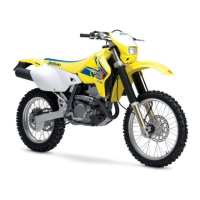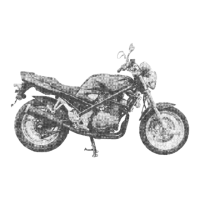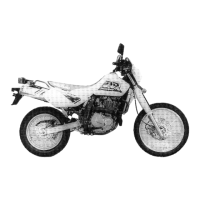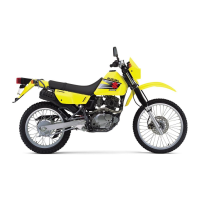7-2 ELECTRICAL SYSTEM
CAUTIONS IN SERVICING
CONNECTORS
• When disconnecting a connector,
be
sure
to
hold the termi-
nals;
do not pull the lead wires.
• When connecting a connector, push
it
in
so
it
is firmly attached.
• Inspect the connector for corrosion, contamination and any
breakage
in
the cover.
COUPLERS
• With a lock-type coupler, be sure to release the lock belore
disconnecting
it.
When connecting a coupler, push
it
in
until
the lock clicks shut.
• When disconnecting a coupler, be sure
to
hold the coupler;
do not pull the lead wires.
• Inspect each terminal
on
the coupler for looseness or bends.
• Inspect each terminal for corrosion and contamination.
CLAMPS
•
Ref,,,
tu
tile
"
WIRE
HARNESS,
CABL
E, A
ND
H
OS
E
ROUT-
ING" section for proper clamping procedures. (c::::r 8-12 to
8-18)
• Bend the clamp properly, as shown
in
the illustration.
• When clamping the wire harness, do not allow
it
to hang down.
•
Do
not use wire or any substitutes for the band-type clamp.
FUSE
• When a fuse blows. always investigate the cause, correct the
problem,
and
then
replace
the
fuse.
•
Do
not use a fuse of a different capacity.
•
Do
not use any substitutes for the fuse (e.g., wire).
SEMICONDUCTOR EQUIPPED PARTS
•
Do
not drop any part that contains a semiconductor (e.g.,
COl
unit, regulator/rectifier).
•
When
inspecting the part, follow the inspection inctructionG
carefully. Neglecting proper procedures may cause this part
to
be damaged.
CORRECT
INCORRECT
http://www.motorcycle.in.th

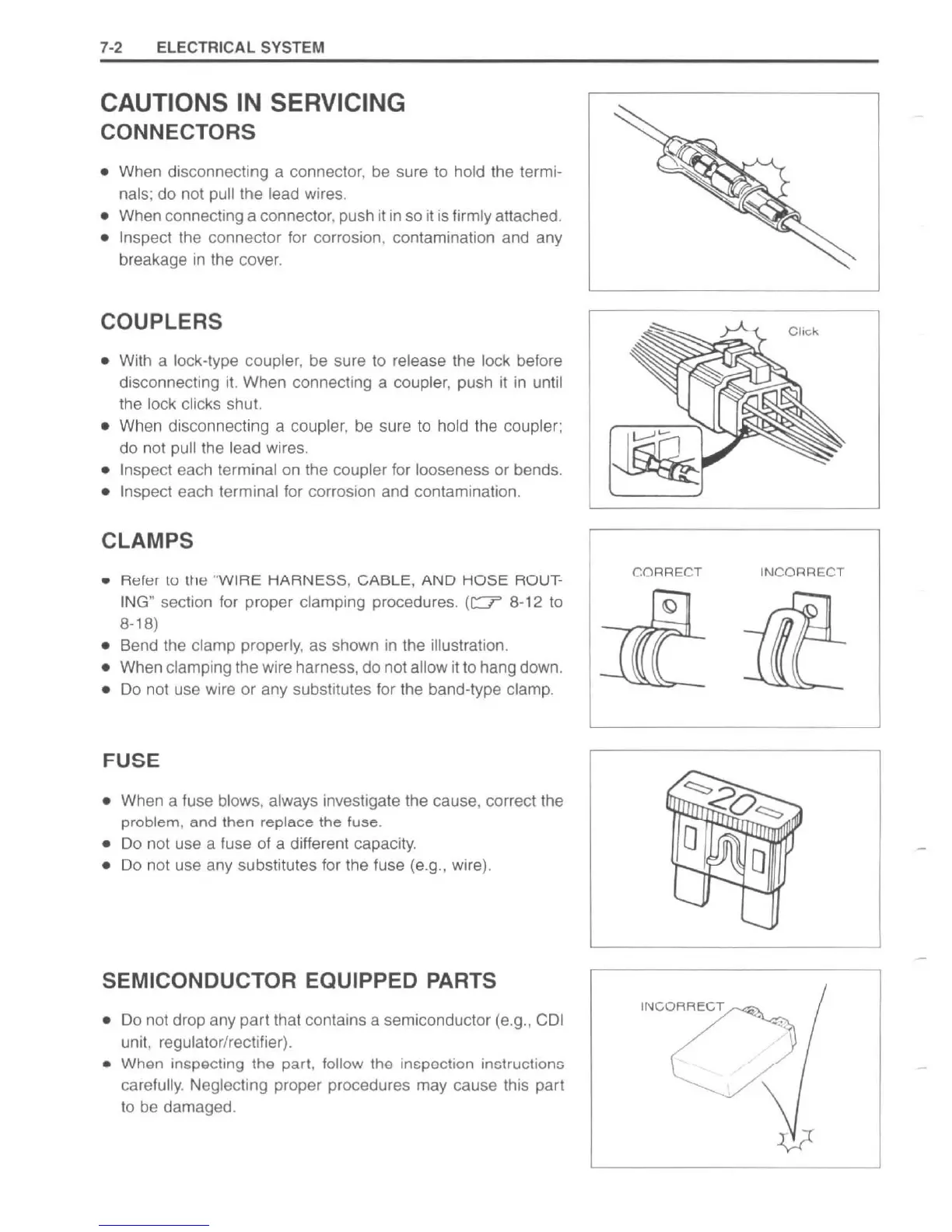